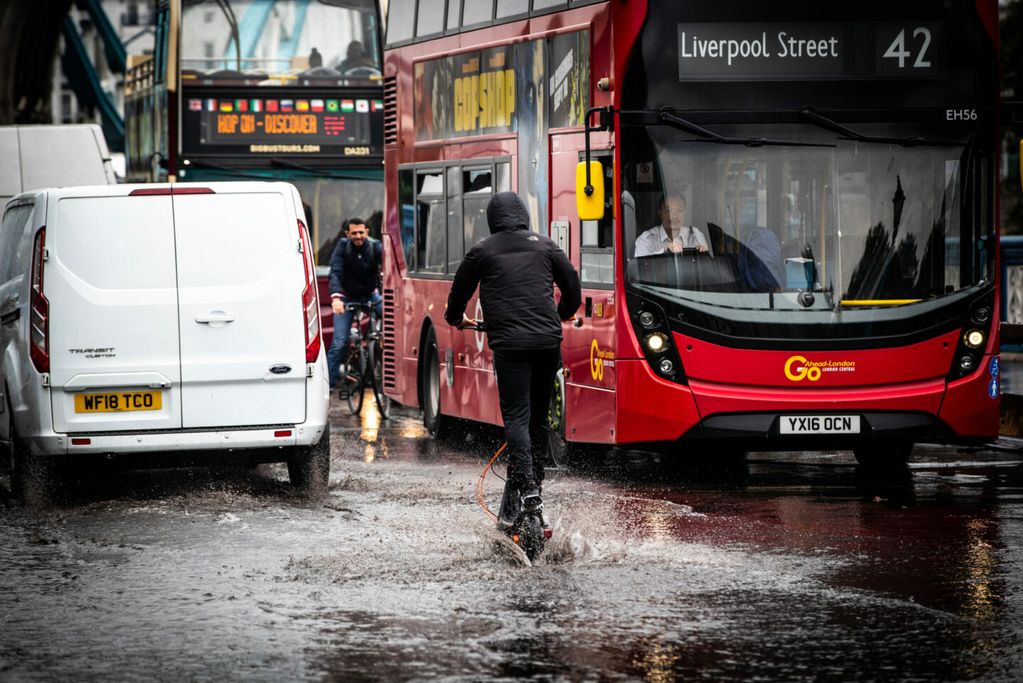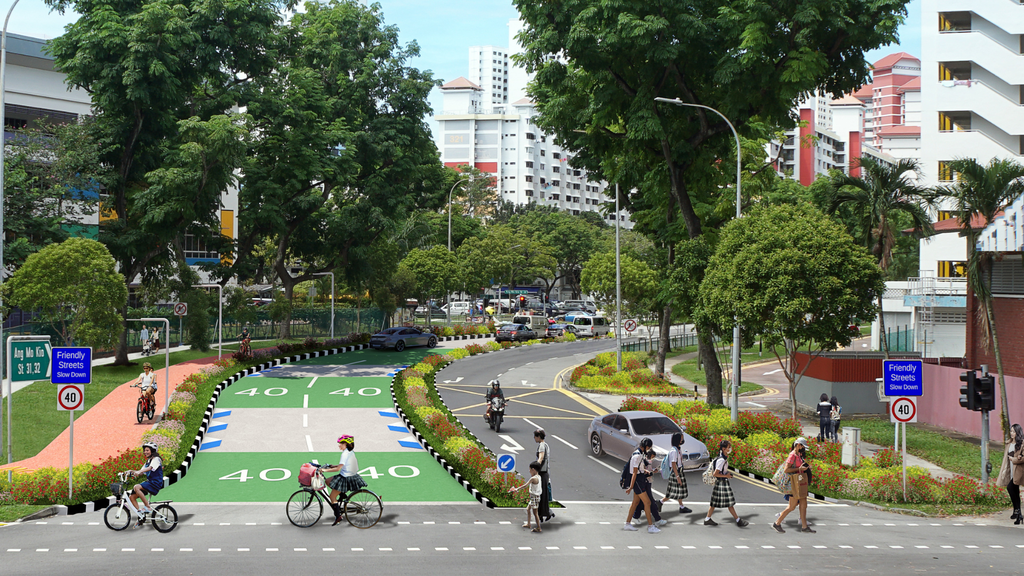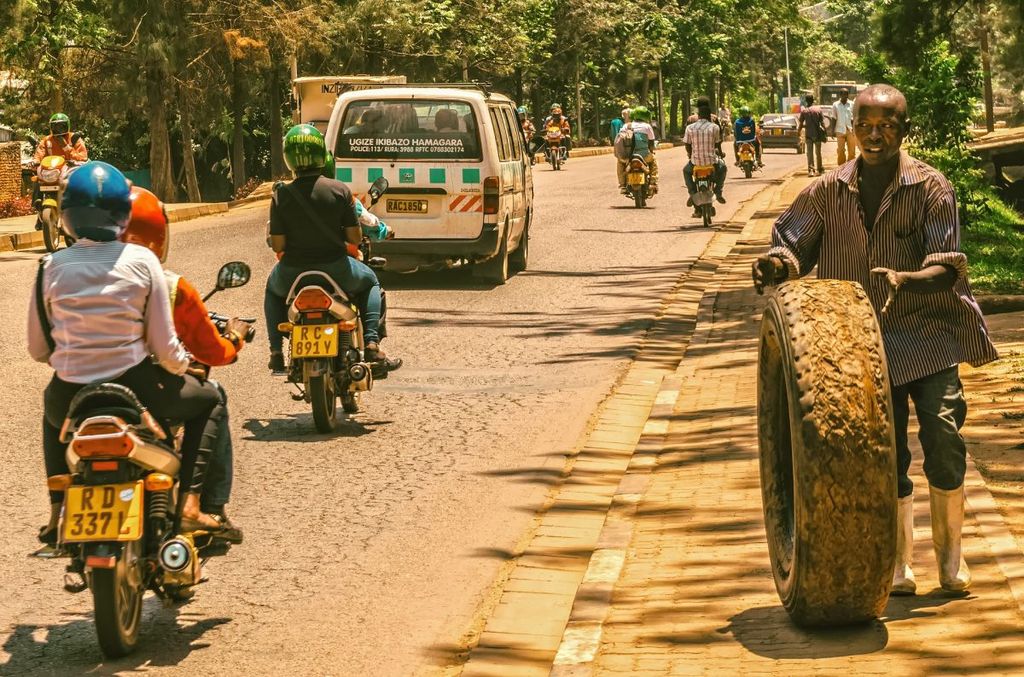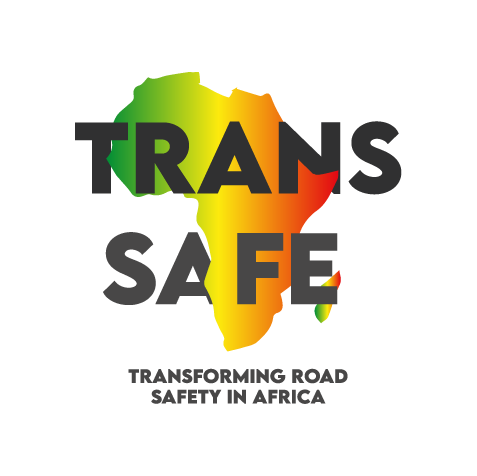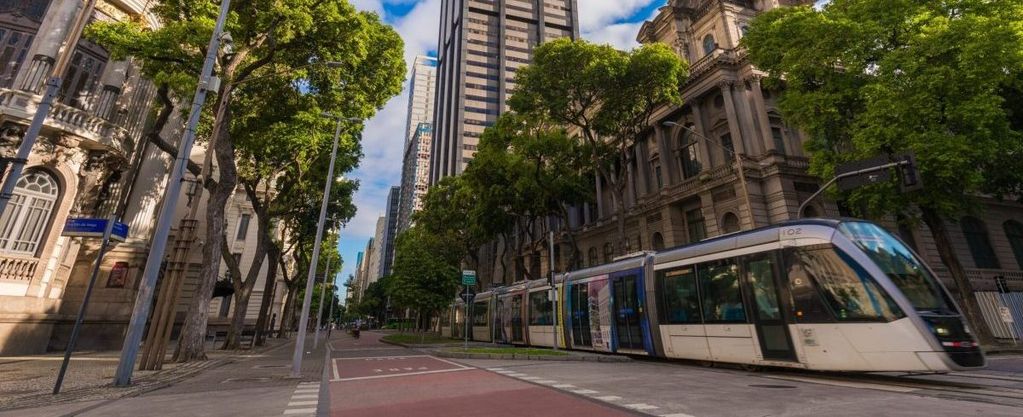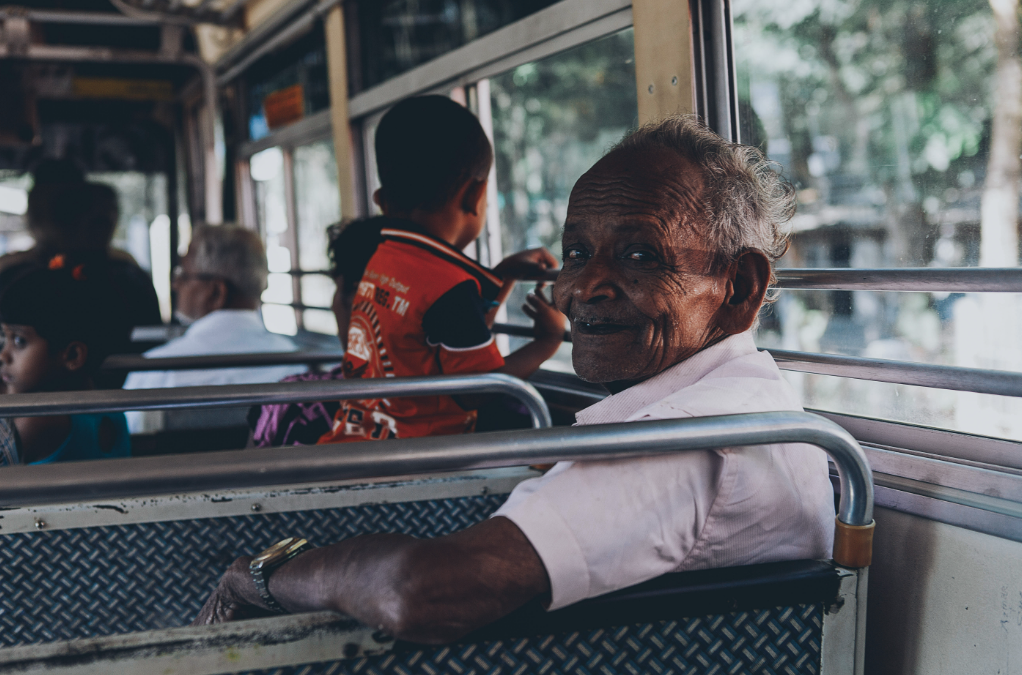
How to build effective public transport in your city?
UITP presents key examples from South-East Asia
One of our flagship events is just around the corner. SITCE (Singapore International Transport Congress & Exhibition) is taking place 2-4 November under the theme “heartbeat of mobility”.
At UITP, we are incredibly excited to show attendees the wonderful city of Singapore alongside event co-host, LTA (Land & Transport Authority Singapore). We look to cities like Singapore as a shining light of what public transport can and should be for our communities: innovative, accessible and sustainable. LTA is central to developing, coordinating and maintaining world-leading public transport systems and combined mobility networks.
Not all cities require a public transport authority to function, but such organisations can help in coordinating sustainable urban mobility within the wider urban ecosystem and act as a middleman between the strategic vision, operational activities and the needs of citizens. In essence, the role of public transport authorities is to build effective public transport.
The benefits of public transport authorities are well presented in an extensive Report that published in collaboration with the Urban Transport Group (UTG) in June 2022.
But, how to even set up a public transport authority in the first place? And one that can be as successful and world-leading at the Land Transport Authority? “How to set up a public transport authority? Examples from South-East Asia” is our latest publication and it does exactly what it says on the tin. The Project Brief presents the lessons learnt and key findings from the SMMR Project (Sustainable Design of Urban Mobility in Middle-Sized Metropolitan Regions), of which UITP was a key partner. SMMR’s objective was to implement concepts and strategies for integrated and sustainable mobility across the 10-ASEAN Member States. Commissioned by the German Federal Ministry for Economic Cooperation and Development (BMZ), the project was implemented on behalf of Deutsche Gesellschaft für Internationale Zusammenarbeit GmbH (GIZ).
The project presents practical solutions to set up a transport authority, which requires a strong push from local government and long-lasting political support. It is no easy task to set up strong, resilient governance networks but it can make a world of difference for effective sustanable mobility.
From Korea to Kochi…
The publications looks at several cases from the Republic of Korea to Kochi in India. For example, in Kochi, with the opening of the metro network and plans to create a common ticketing system, operator Kochi Metro Rail Limited (KMRL) formed a committee for the transport authority and drafted the Kerala Metropolitan Transport Authority (KMTA) bill, which was passed in November 2019.
As of November 2020, the KMTA is the independent body responsible for the operation, maintenance, development and supervision of public transport modes in the urban area. The body is chaired by the state’s transport minister, with the transport secretary acting as vice-chairperson. It has a maximum of 15 members, including the district collector/commissioner, city police commissioner, secretaries of local bodies, the mayor, local Member of the Legislative Assembly (MLA) and representatives from the state bus corporation.
The result?
- A single ticketing system for most modes of transport has been implemented.
- The transformation of bus routes is also part of the plan and includes a common timetable to ensure seamless connectivity between different modes.
- A public information system has been launched, which includes a common mobility app.
- A parking policy is part of the transport strategy, as well as licenses for operators.
- A single command and control centre aims at supervising the entire system.
- Private bus owners have been aggregated into seven bus operating companies, while 27,000 autorickshaws under six trade unions have been aggregated into a Drivers’ Cooperative Society.
Key recommendations
Following the SMMR project toolkit, the Project Brief offers actionable recommendations for setting up a strong transport authority, under the following themes:
- Setting consensual goals
- Defining the scope
- Budgeting
- National and international cooperation
- Continuous improvements

Get inspired: Register for SITCE on 2-4 November
Join us in Singapore or virtually from anywhere in the world! For those attending in person, this Project Brief will be presented alongside the SMMR project on Thursday 4 November, 12.30-13.00 at the UITP stand.


